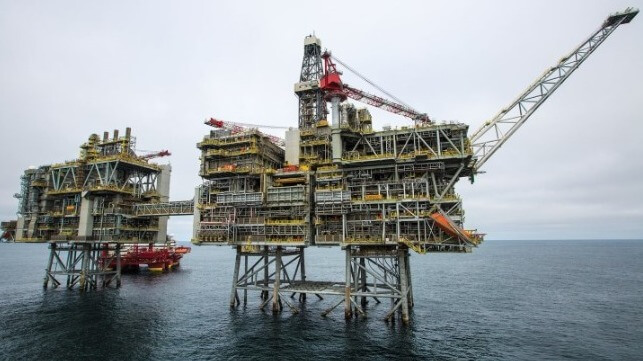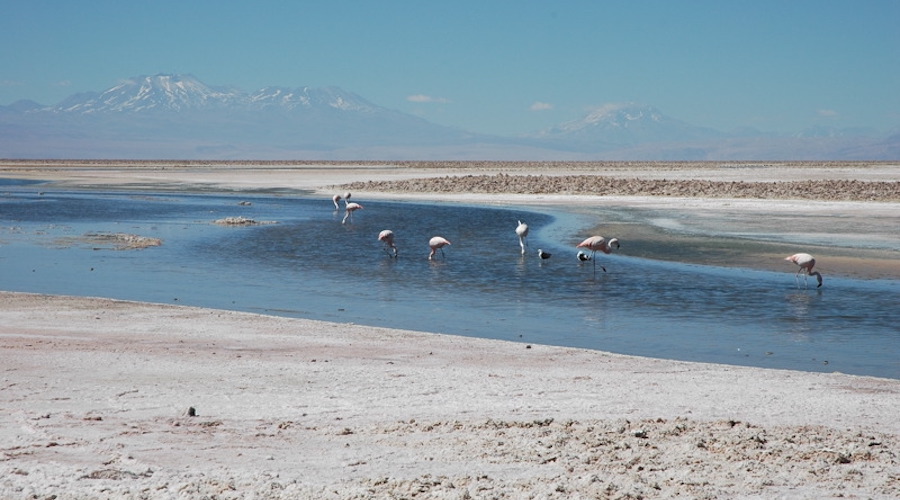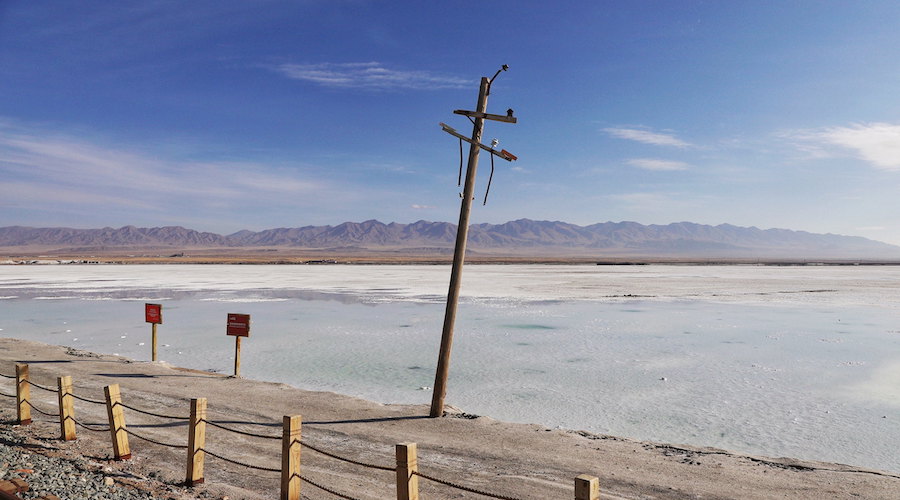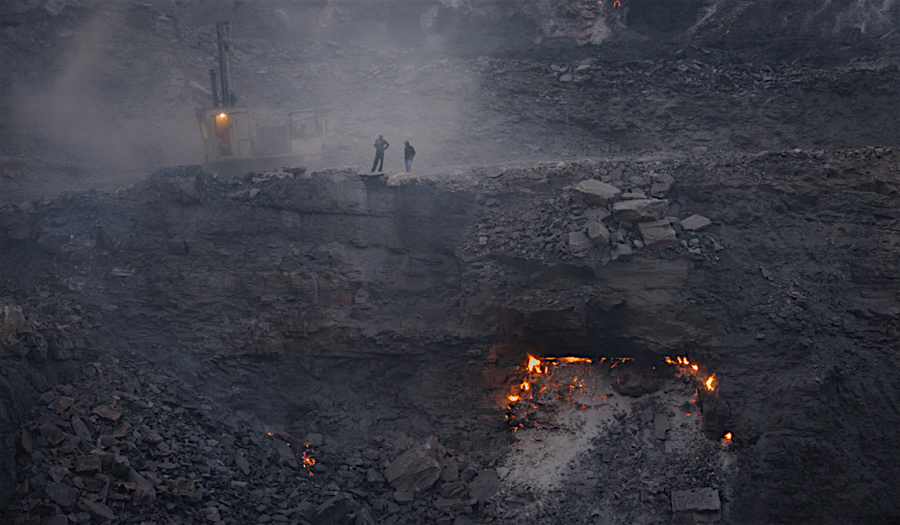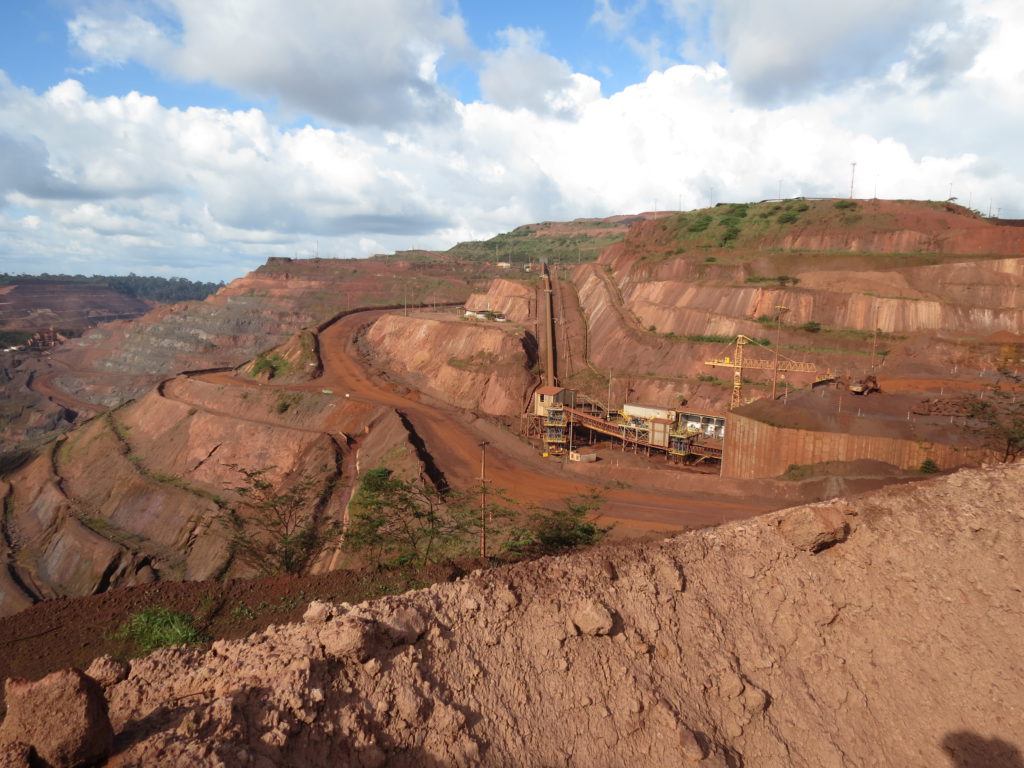Finland’s Port Strike Ends with New 25-Month Labor Contract
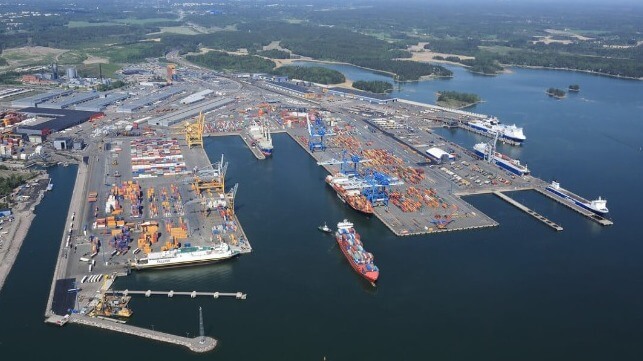
The two-week strike that stopped the loading and unloading of cargo at all of Finland’s ports is coming to an end after a collective bargaining agreement was reached on March 1. Finland’s Transport Workers' Union AKT and the port operators accepted the terms after an arduous series of negotiations. The settlement however came as labor disputes moved to other sectors in Finland including bus drivers who walked off the job hours before the agreement for the ports.
“At AKT, we are satisfied with both the signed collective agreement and the end of the labor dispute,” said Ismo Kokko, chairman of ATK. “The round has been difficult because the negotiations have included an exceptionally large number of external factors. From the beginning, we have negotiated our own starting points, taking into account the interests of our members. That's what was done now as well.”
The union said as a result of the agreement, it would end the industrial action against all the ports effective immediately. They expect dockworkers to return to their jobs “as soon as possible,” but no later than March 4, Saturday, to start normal work shifts. Maersk, which had suspended all service to Finland however advised customers to continue to defer shipments saying that it would advise them when the operations had resumed normally.
The union rejected two prior proposals by a mediator assigned to talks. They said they were seeking raises that kept pace with the current inflation rate in Finland as well as work rule changes.
The collective barging agreement is for 25 months, ending on February 28, 2025. It includes a total wage increase of 6.3 percent plus a one-time payment to be paid next week of approximately $1,165 for full-time employees. The work rule changes included local agreement on the 10-hour working time format and for the rules on night ships.
The strike impacted Finland’s 10 major ports, including Helsinki, Hamina-Kotka, Hanko, Rauma, and Turku. With as much as 90 percent of the country’s trading moving by sea and the ports, foreign trade had been effectively brought to a halt since the dockworkers started their strike on February 15. The Finnish Port Operators Association had estimated that each day of the strike would impact more than $300 million in foreign trade.
The union earlier in the week reported that it had also come to terms for portions of the truck divers including the movement of petroleum products and terminal operations. Bus drivers however began a strike on March 1 that is scheduled to last 10 days after they failed to reach terms on a new contract and other segments of the union are also beginning contract talks later in the month.
The strike at the Finnish ports was similar to actions that hit Germany’s ports in 2022 as well as both Liverpool and Felixstowe in the UK. Contracts were resolved for those ports while the talks for the longshore workers on the U.S. West Coast that began in July 2022 continue to drag on despite a recent report of progress from the union and employers.
